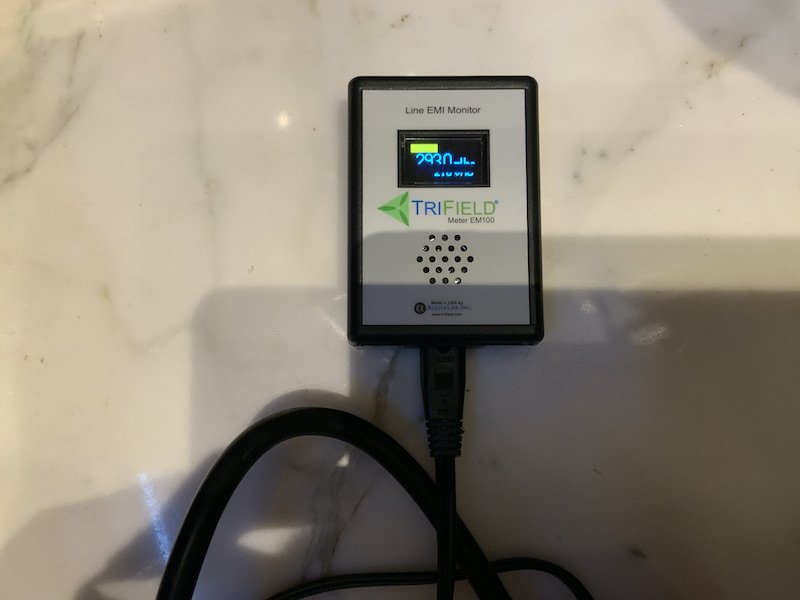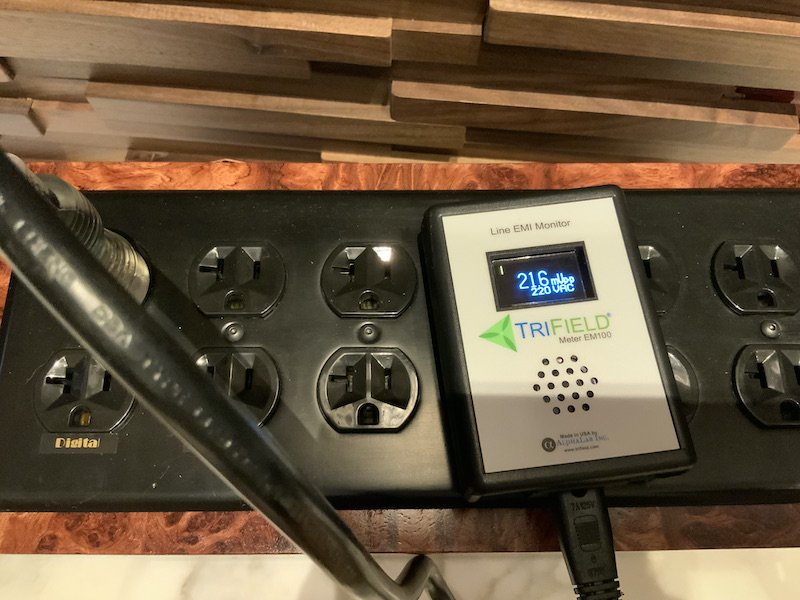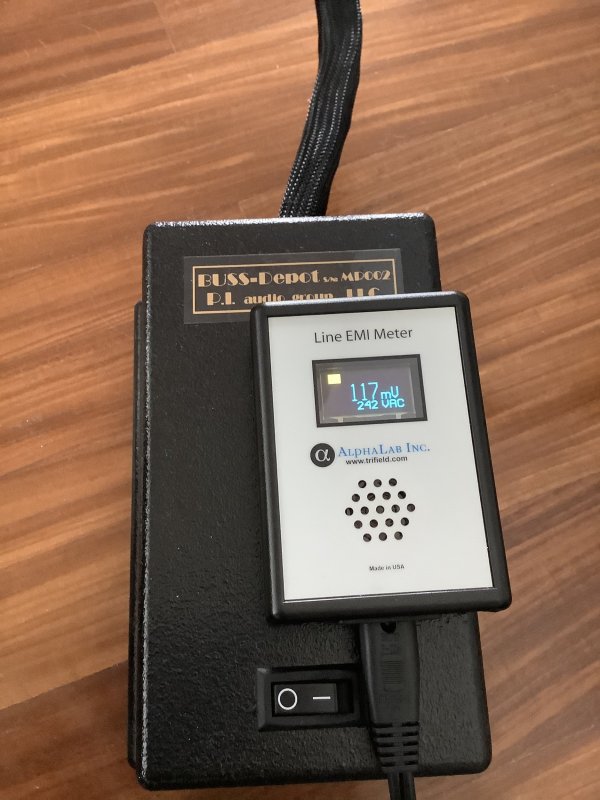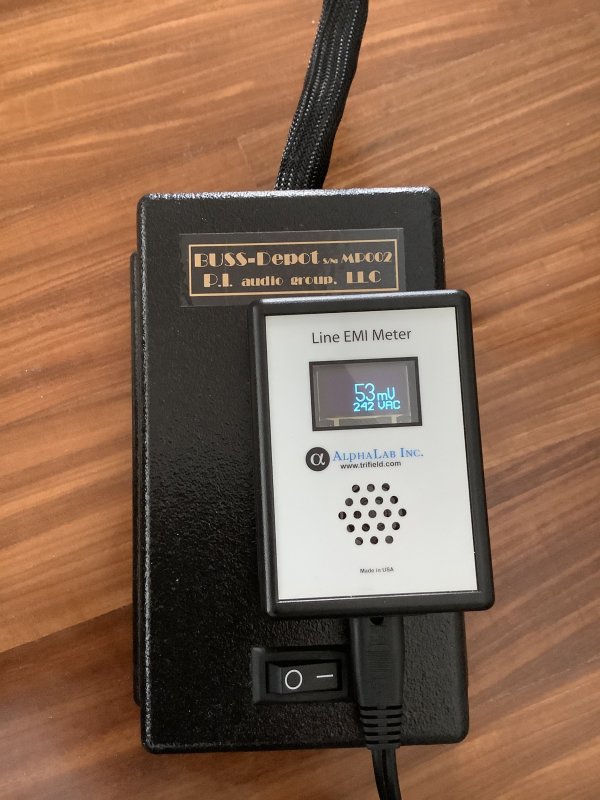A measurable case for star-grounding?
Let me see if I can articulate this experiment well enough. It goes like this:
1) First, plug most components into the Denali which is fed by Wall Outlet1, but one Denali outlet feeds an MIT Z-Strip1 Distributor; MIT Z-Strip1 hosts the FM Tuner and TriField EM100 device; all audio components are effectively star-grounded, but not exactly 100% because there is this MIT Z-Strip1 and the FM Tuner's ground path is slightly longer
2) All noise measurements are done on this Z-Strip1
3) Measure noise on MIT Z-Strip1; it reads ~25mVp-p
4) Move the FM Tuner to another MIT Z-Strip2, fed by an adjacent Wall Outlet2 on the same circuit - no Denali there
5) We have clearly broken star-grounding by moving the FM Tuner off of Outlet1, and now the relative ground path length of the FM Tuner is much longer than any other component's
6) Measure again noise on MIT Z-Strip1; it reads ~30mVp-p; unplug the FM Tuner from Z-Strip2, and Z-Strip1 reads again ~25mVp-p
7) Repeat by moving the FM Tuner back and forth between Z-Strips, and the readings on Z-Strip1 are consistent all the time: ~25 vs ~30
Q: Why the experiment with the FM Tuner?
A: It's the noisiest of all of my components because of its poorer power supply design
Q: Why the need for Z-Strip1? Why not plug the FM Tuner and EM100 into two different Denali outlets?
A1: I wanted the FM Tuner to always be plugged into the same kind of distributor - MIT Z-Strips
A2: I wanted to put as many of my components directly on the Denali as I can, to have as many ground paths as possible, and also mimic every-day configuration
To summarize, it goes like this:
1) Plug all components as follows:
Outlet1 --> Denali --> [Preamp, Phono, DACs, [MIT Z-Strip1 distributor --> FM Tuner, EM100]]
Outlet2 --> [MIT Z-Strip2 distributor --> (nothing)]
Noise reading on MIT Z Strip1: ~25mVp-p
2) Move the FM Tuner to another adjacent outlet and second MIT Distributor; both outlets are on the same circuit, but I suspect one has a longer ground path than the other:
Outlet1 --> Denali --> [Preamp, Phono, DACs, [MIT Z-Strip1 distributor --> EM100]]
Outlet2 --> [MIT Z-Strip2 distributor --> FM Tuner]
Noise reading on Z-Strip1: ~30mVp-p (FWIW, noise on Z-Strip2 is higher)
I suspect this experiment measurably demonstrates the value of star-grounding, though the measured difference in noise on the same Z-Strip1 is rather small. But I'd like to hear counter-arguments or other comments that would break down my theory. Equally important, can someone else confirm or deny the results of such an experiment, with the understanding that all of our systems are different - we are not exactly trying to write a scientific paper here...
-ack











